Created by Tim Peters & Michael Finney
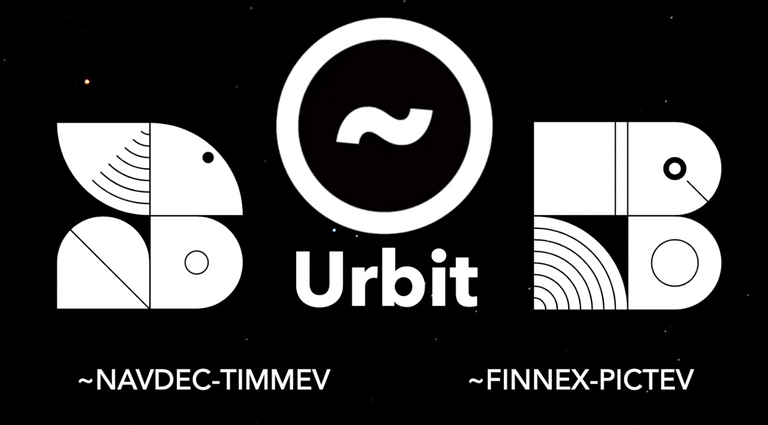
Part 2: Elevator to Cloud City

Image Source
Welcome - In this followup video, we will give more detail about the components that make up the Urbit operating system.
There will be brief descriptions of the layers and how they allow users to be in control of their information.
Urbit’s relationship with Ethereum
Presently, Urbit has launched it’s address space known as Azimuth Points on-chain via the Ethereum Network. This relationship entails connecting the two systems to create a secure personal network and sovereign identity system, all managed seamlessly on-chain through Urbit’s Bridge (an interface application for Azimuth Points).
Azimuth Points on the network are identified as AZP (an ERC-721 token) under the ethereum contract address shown below
0x6ac07B7C4601B5CE11de8Dfe6335B871C7C4dd4d
Viewable Here
Owners of Azimuth Points controlling Galaxies, Stars, or Planets, now have the ability to boot Arvo (the urbit OS) from their Points and use Landscape to request access to cities [privately maintained communities ~ to interact]. Additionally, if you own a Point, you may use Bridge as a means of account management. [account balance, etc]
Destination Trinity – Azimuth, Arvo, and Aegean
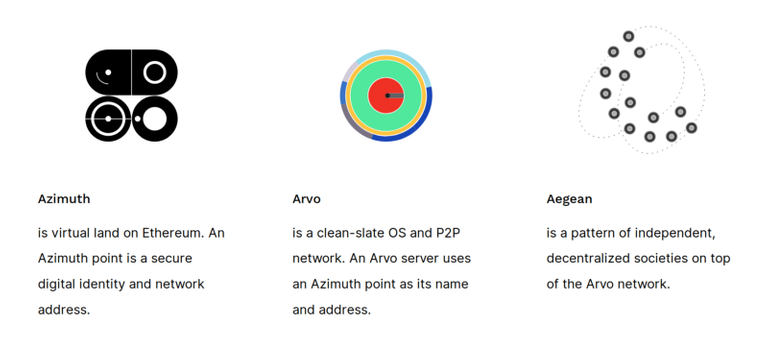
Azimuth
Azimuth points are secure decentralized digital identities and network addresses (collectively known as Galaxies, Stars, Planets, Moons, and Comets). There is a finite supply of these points, akin to bitcoin and its finite supply. There is a limit to the number of “child identities” each point may instance underneath themselves. For example, there is a set number of Planets (which are “children” of Stars) that may be issued. That finite value is 2^32 or 4 billion Planets that can ever be instanced, to be exact.
These Points may then be incorporated into the Arvo servers, upon which you can use said network to control all your devices synced on the same network, private city, or even be transferred to another entity (galaxy, star)
Arvo
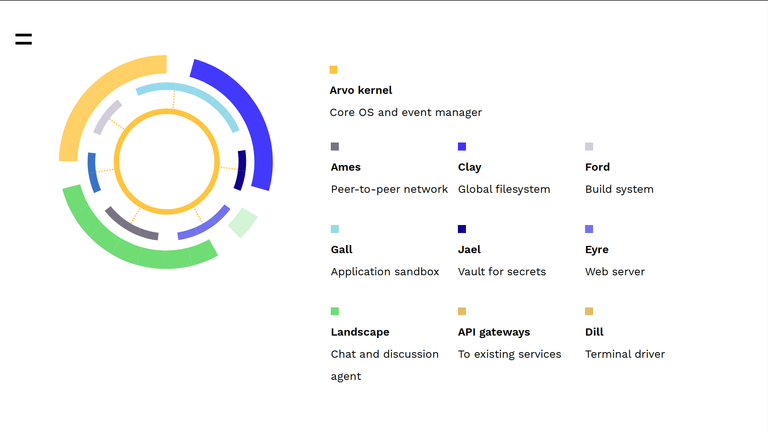
Arvo, defined as “a general-purpose computer that runs as a virtual machine”, is governed solely by Nock.
“You can think of it as an overlay OS; it treats Unix the way Unix treats the BIOS.” - urbit.org
Impressively, the entire kernel was written in under 1000 lines of code. It was developed, bottom-up, utilizing a stack with three components known as Vere, Nock, and Hoon.

Here is a brief description of each layer in Arvo (Urbit OS)
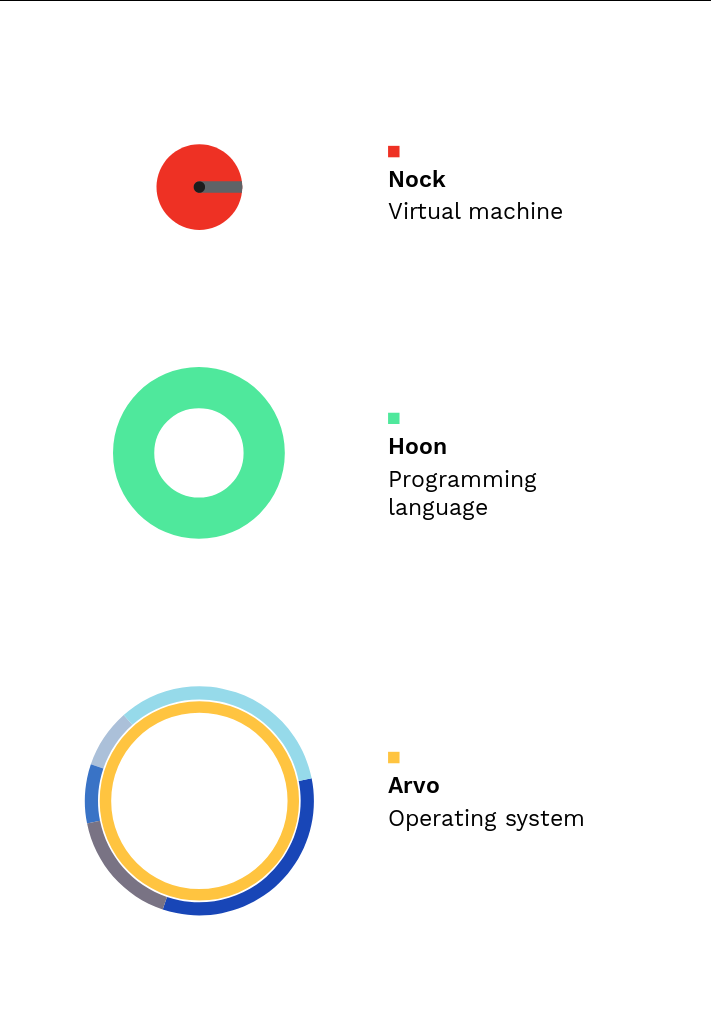
Vere acts as an interpreter for Nock. It is essentially an interface processor that provides [Print version: support over libuv (a multiplatform C library that provides support for i/o event based event loops - or] a way to distribute messages or events in a program.
Nock has been described as an assembly/programming system/machine language. Nock is a turing-complete function [print version: that is derived from the structure shown below].
{subject formula} ==> product
in essence, the subject = the data
the formula = the code
and the product = the final results.
Nock is comprised of "nouns" - an acyclic binary tree that is comprised of either an atom or a cell. Atoms are comprised of any natural number, and Cells is any ordered pair of the aforementioned atoms.
Hoon is essentially a programming language that compiles directly to Nock. For example, the Kernel for Avro (Urbit’s OS) was written in Hoon.
Aegean

Image Source
Aegean is a toolset which is used to build out decentralized "cities" or private communities. These self-governing entities can be considered a collective of individual instances all running an identical program, aka an agent, upon each users own Arvo instance.
Several cities, which are invite-only, have been established.
To communicate over these networks, Urbit has developed an agent for this called Landscape. It is essentially a web app that incorporates the operation of chat functions and forums for users.
Interfacing Controls
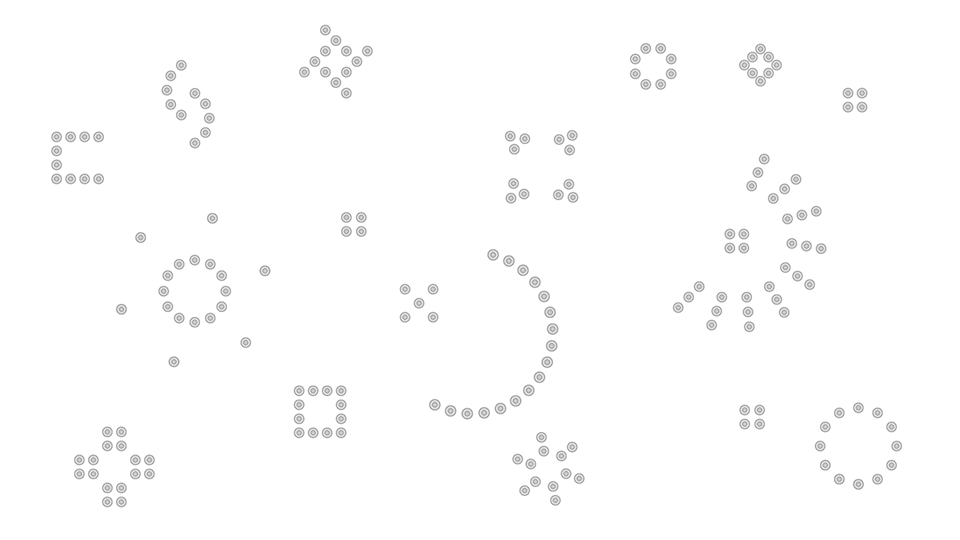
Landscape is an agent [web oriented application] which operates cities [a community of users running an identical agent] on top of Arvo. Additionally, it contains a toolset for users to develop and maintain their cities as they see fit.
Watch this article in a video
In our third and final segment of this series on Urbit, we will at long last illustrate how to spin up your Azimuth Point and join the Urbit community for your self.

